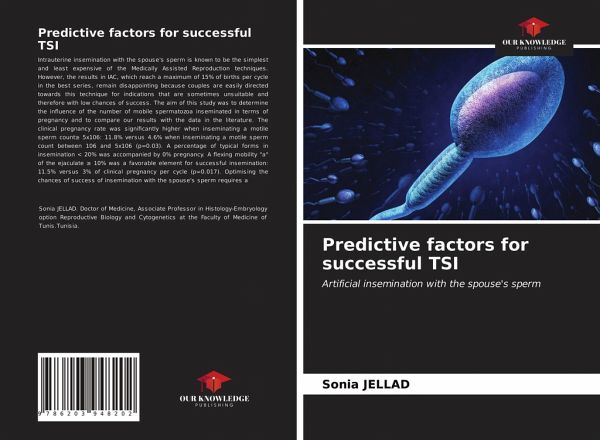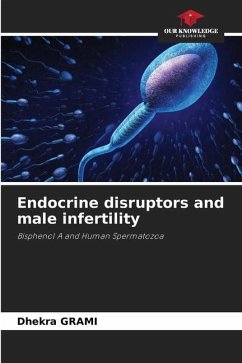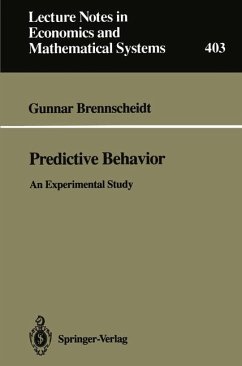
Predictive factors for successful TSI
Artificial insemination with the spouse's sperm
Versandkostenfrei!
Versandfertig in 6-10 Tagen
27,99 €
inkl. MwSt.

PAYBACK Punkte
14 °P sammeln!
Intrauterine insemination with the spouse's sperm is known to be the simplest and least expensive of the Medically Assisted Reproduction techniques. However, the results in IAC, which reach a maximum of 15% of births per cycle in the best series, remain disappointing because couples are easily directed towards this technique for indications that are sometimes unsuitable and therefore with low chances of success. The aim of this study was to determine the influence of the number of mobile spermatozoa inseminated in terms of pregnancy and to compare our results with the data in the literature. T...
Intrauterine insemination with the spouse's sperm is known to be the simplest and least expensive of the Medically Assisted Reproduction techniques. However, the results in IAC, which reach a maximum of 15% of births per cycle in the best series, remain disappointing because couples are easily directed towards this technique for indications that are sometimes unsuitable and therefore with low chances of success. The aim of this study was to determine the influence of the number of mobile spermatozoa inseminated in terms of pregnancy and to compare our results with the data in the literature. The clinical pregnancy rate was significantly higher when inseminating a motile sperm count 5x106: 11.8% versus 4.6% when inseminating a motile sperm count between 106 and 5x106 (p=0.03). A percentage of typical forms in insemination < 20% was accompanied by 0% pregnancy. A flexing mobility "a" of the ejaculate 10% was a favorable element for successful insemination: 11.5% versus 3% of clinical pregnancy per cycle (p=0.017). Optimising the chances of success of insemination with the spouse's sperm requires a












